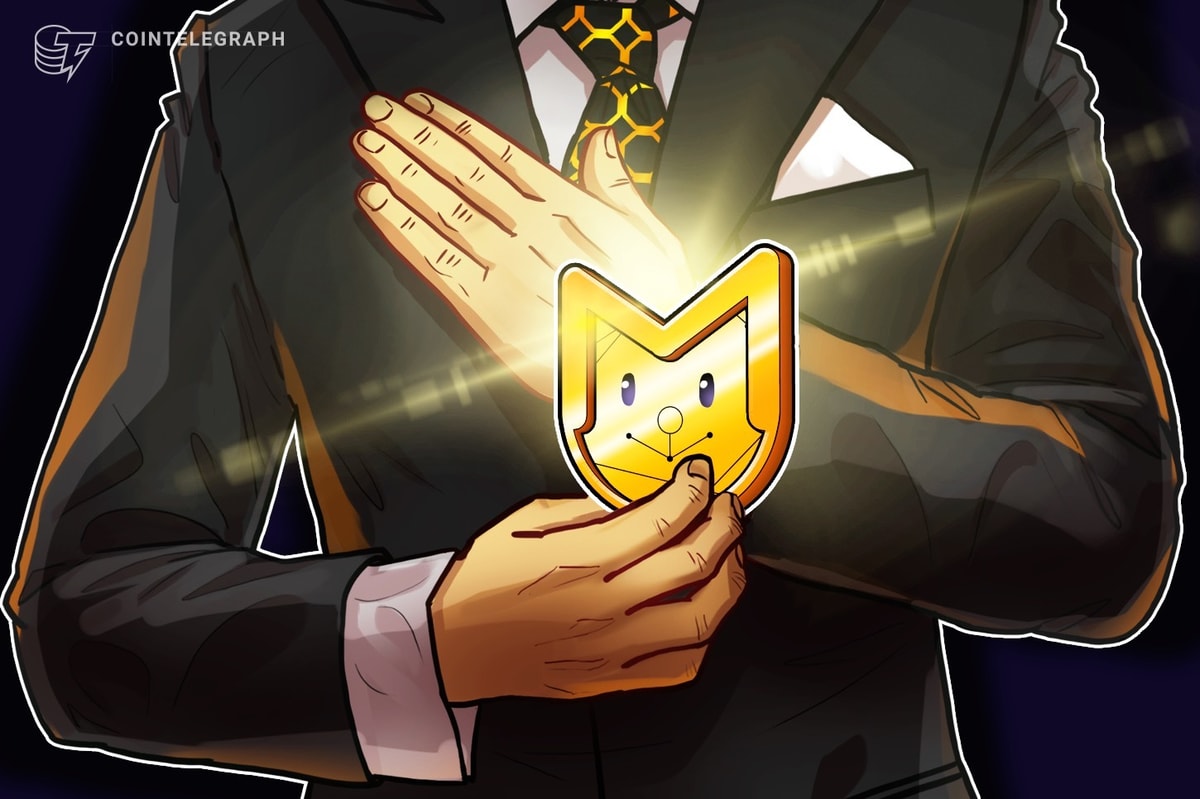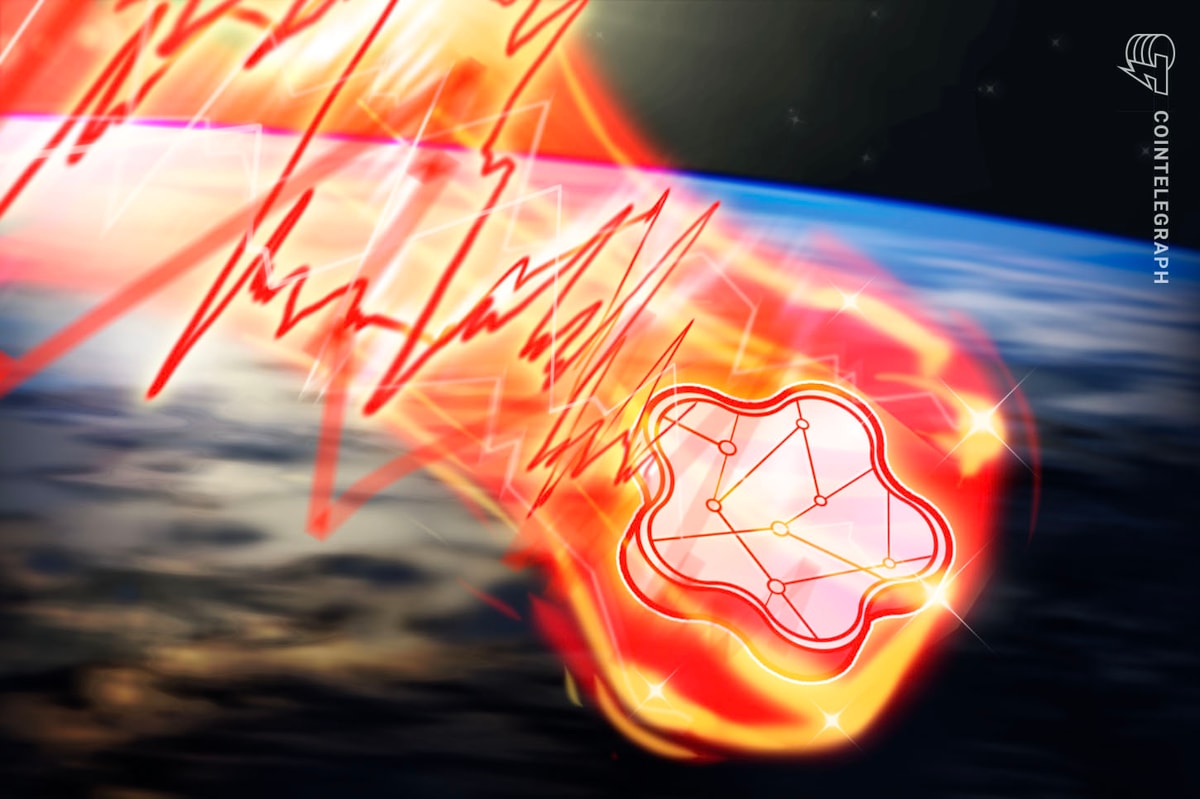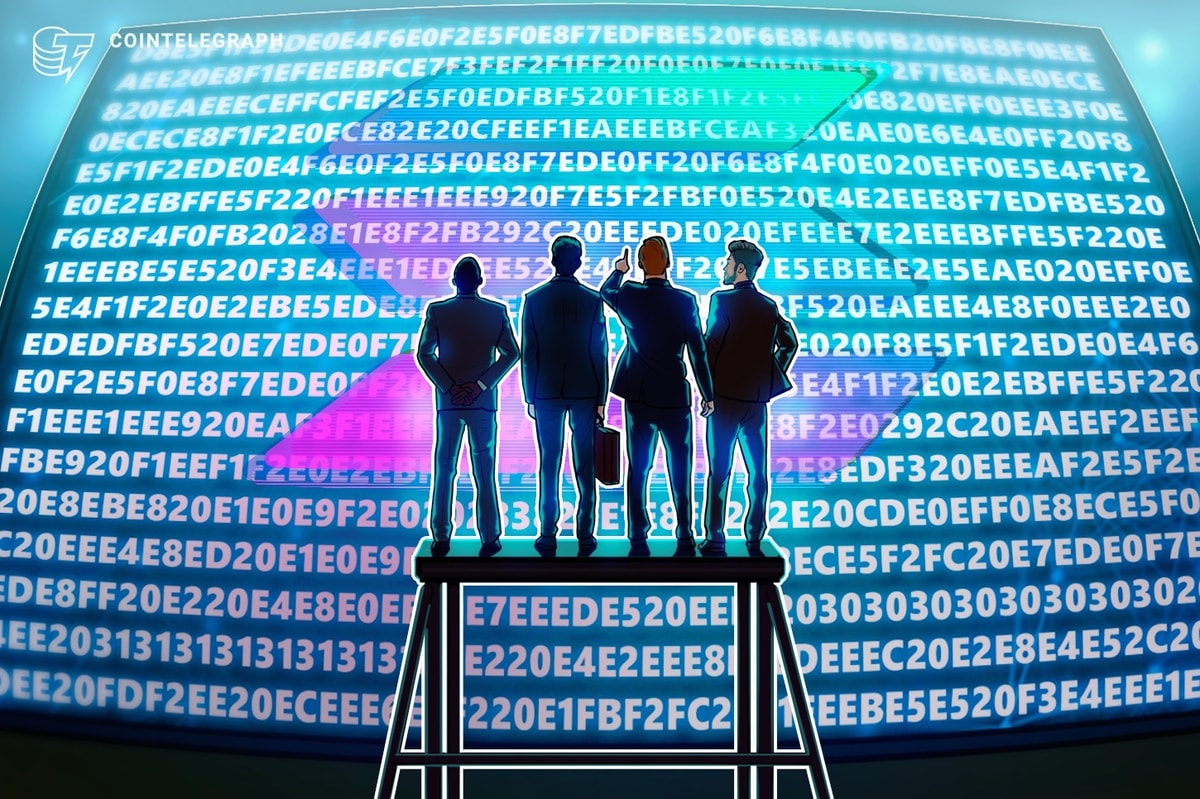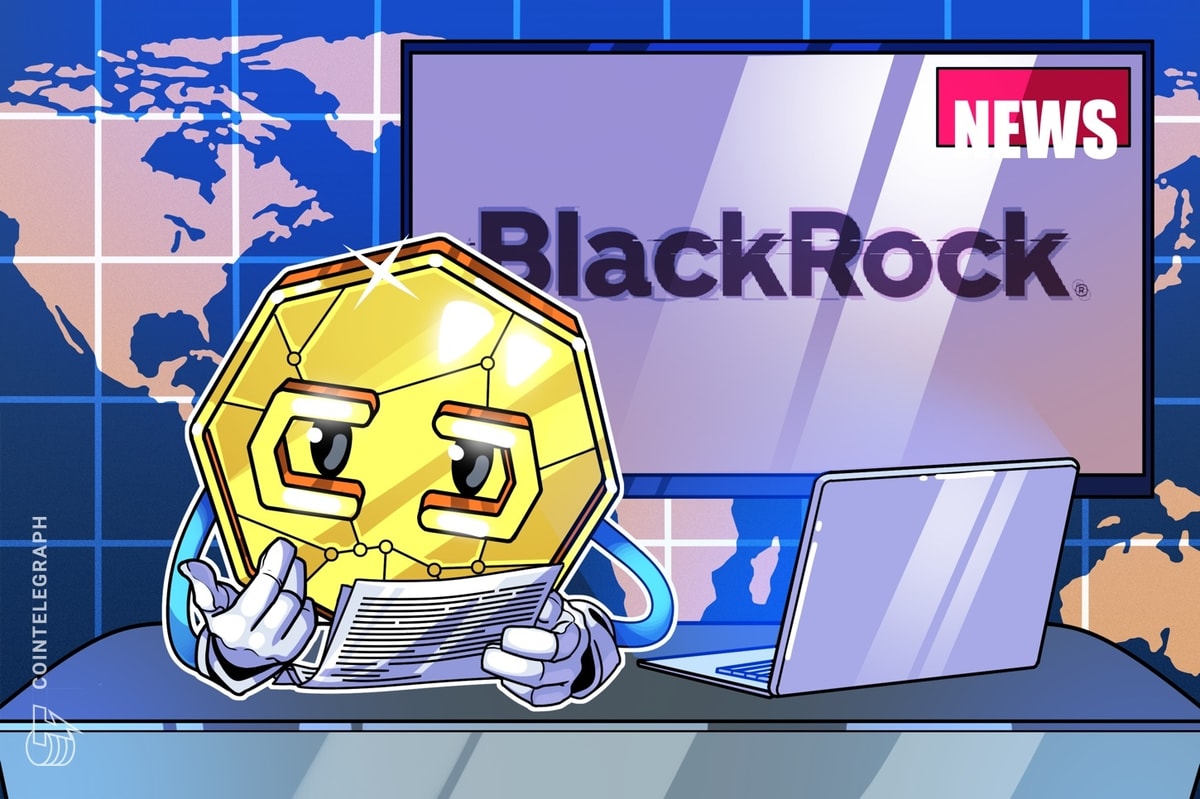The collapse of the Libra token, which was promoted by Argentine President Javier Milei, has reignited calls for stronger regulatory oversight of memecoins.
“The blame for the Libra memecoin disaster, and other pump-and-dump schemes like it, lies on the shoulders of the regulators, and they are the only ones that can fix this,” The Coin Bureau co-founder founder and CEO Nic Puckrin said in a statement to Cointelegraph.
The surge of fraudulent celebrity and political memecoins is a result of a vacuum created by the lack of regulation by authorities like the US Securities and Exchange Commission (SEC), Puckrin argued.
SEC crypto task force head Hester Peirce previously said that memecoin regulation falls outside of the agency’s purview, leaving this matter for Congress and regulators like the Commodity Futures Trading Commission (CFTC).
“Memecoins cannot remain an unregulated Wild West”
The crypto industry, particularly memecoins, needs clear regulation to ensure that token launches are conducted in a fair manner, Puckrin said.
“The ecosystem isn’t able to regulate itself,” he said, adding that “memecoins cannot remain an unregulated Wild West.”
Source: Lofty
Puckrin mentioned that he’s a major proponent of the original model of initial coin offerings (ICO), which has been effectively abandoned for years due to the SEC’s crackdowns.
“It doesn’t help that the SEC appears to be washing their hands of memecoins,” Puckrin said, adding:
“Whether it’s the Department of Justice or the CFTC, memecoins have to be regulated by someone. Otherwise, LIBRA will happen again and again.”
Regulatory clarity or a mess?
Puckrin isn’t alone in urging regulators to take responsibility for the surge of fraudulent memecoins.
“The current meta of memecoin grifting is a direct result of the historical failure and corruption of Gary Gensler’s SEC,” Chainlink proponent Zach Rynes wrote on X on Feb. 17.
“Instead of helping the crypto industry navigate the complex regulatory environment by issuing no-action letters, creating new rules and exceptions, Gensler engaged in politically-motivated attacks and unfair prosecutions against the crypto industry’s best actors,” Rynes stated.
Source: Christopher Perkins (perkinscr97)
On the other hand, some industry executives like Christopher Perkins — CoinFund president and former CFTC member — say that memecoins are “one of the few crypto assets that currently enjoy regulatory clarity.”
Related: LIBRA creators tied to Melania and other short-lived memecoins: Bubblemaps
“For the most part, they [memecoins] are commodities. As such, any activities involving fraud, manipulation or abuse are illegal under current statute,” Perkins wrote on X Feb. 18.
According to an analysis by the financial trading portal Traders Union, most global jurisdictions have yet to establish specific guidelines for the memecoin industry, currently leaving it in a legal gray area.
How regulators could approach regulating memecoins?
Although no specific legal framework currently exists for memecoins, that does not mean criminal misuse cannot or should not be prosecuted, The Coin Bureau’s Puckrin told Cointelegraph.
“The US Department of Justice should get better tools and increase its resources in order to bring down the most egregious forms of wire fraud, money laundering and market manipulation,” he said, adding:
“The Libra scandal is a terrible look for the crypto sector, but it is also a watershed moment. While clearly regulations would help, the crypto industry also needs to take the lead and fully ostracize these individuals. Then, the authorities should take the baton and prosecute them to the full ends of the law.”
Magazine: How crypto laws are changing across the world in 2025











